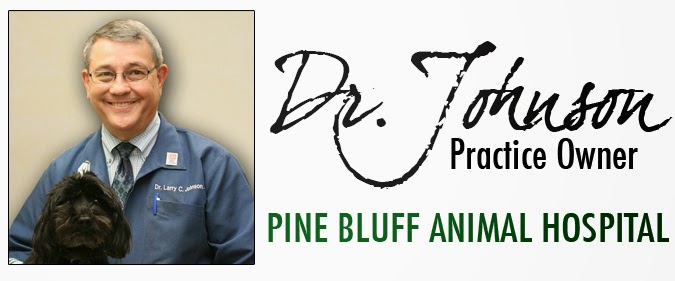 This is Chip – he is my dog. Chip has the misfortune to have been born from a mother and father who both had bad teeth. Chip is nine years old. He is about ready to have his third dental cleaning. (He doesn’t know it yet).
This is Chip – he is my dog. Chip has the misfortune to have been born from a mother and father who both had bad teeth. Chip is nine years old. He is about ready to have his third dental cleaning. (He doesn’t know it yet). He was on my lap the other night and his breath grossed me out. I immediately carried him to the kitchen counter (my in-house exam table) and did an oral exam. Diagnosis—halitosis due to bacteria in mouth with grade II dental disease.
Grade I= good teeth and oral health
Grade II=gums red and mild to moderate tartar
Grade III=tartar and gingivitis beginning periodontal disease
Grade IV=advanced periodontal disease diseased or loose teeth.
When is the last time you looked at your pet’s teeth? Or did you just not want to look?
Some options for you at home to care for your pets teeth with a lot less work are:
- Hill’s Prescription Diet T/D (a fiber matrix tooth food) used as treats. This is what I do for Chip. He gets 4 a day.
- Greenies treats work well, he gets one of these occasionally.
- Dentahex oral solution (like mouthwash for dogs) you wipe it on and it helps clean the teeth. I wipe his teeth when his breath smells.
These products work and we have them available at the clinic.
There are other products as well. You can find other oral health care products in many stores. It is easy to make a claim to help keep teeth clean. It is another to have been tested and given the VOHC (Veterinary Oral Health Council) seal of approval. If a product has this seal it is a good product. Others I can’t speak for.
See how you do answering a few questions about your pet’s oral health.
- True or False? If your pet’s teeth are nice and white they are OK.
- True or False? Hard food always keeps your pets teeth clean.
- True or False? Bones are good for your pet’s teeth.
- True or False? Bad teeth can lead to heart, liver and kidney problems
- True or False? Bad teeth are painful.
Answers:
- False. The mouth isn’t OK just because the teeth are white if the gums are swollen or red.
- False. Hard food helps only if the pet chews the food well. Most swallow their kibble whole.
- True. As long as bones don’t break the teeth they help but I have seen a lot of broken teeth and my dog never gets bones!!!
- True. Bad teeth do a lot of damage that can go unseen until serious problems crop up.
- True. Did you ever have a tooth ache? Our pets don’t show us tooth pain except occasionally drooling or dropping their food when they try to eat. None the less they hurt.


